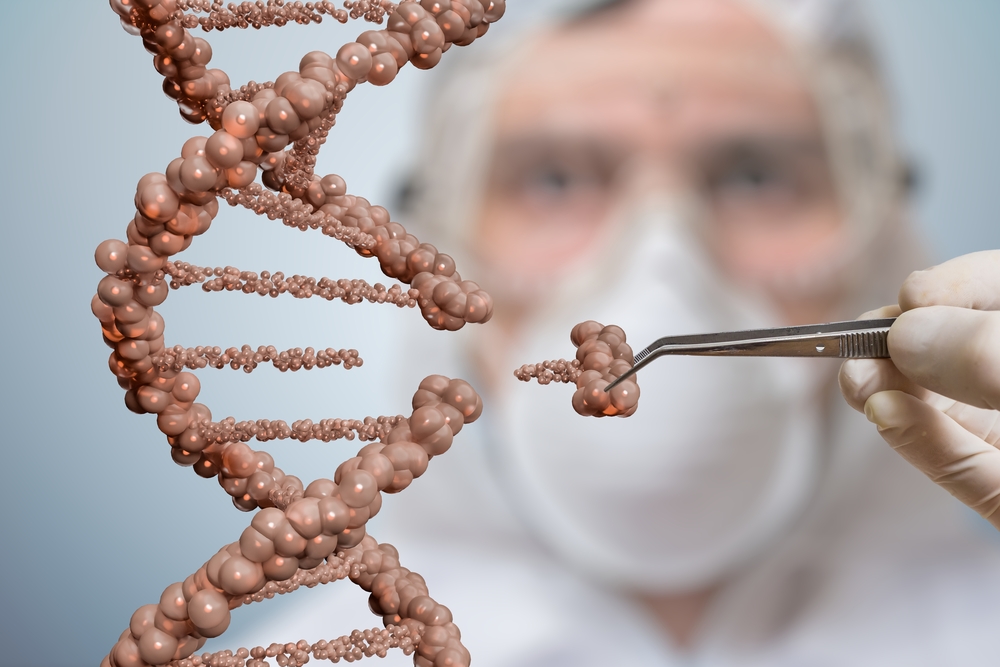3 Hemophilia B Patients Report AMT-060 Gene Therapy Gave Them Normalcy

Three hemophilia B patients said they were able to lead a relatively normal life, including being more active and participating in sports, about three years after receiving the investigational gene therapy AMT-060 in a clinical trial.
Their experiences were reported in the study, “The Patient Experience of Gene Therapy for Hemophilia: Qualitative Interviews with Trial Patients,” published in the journal Patient Preference and Adherence.
AMT-060, being developed by uniQure, works by delivering a functional copy of the gene that provides instructions for making factor IX (FIX), the clotting factor missing or defective in people with hemophilia B. The company is also developing another gene therapy for this patient population, AMT-061, which is designed to provide a highly functional copy of the F9 gene called FIX Padua, so that the body can produce a FIX protein eight times more active than normal.
A Phase 1/2 clinical trial (NCT02396342) of AMT-060 in 10 men with moderate to severe hemophilia B showed that the gene therapy was safe and effective, able to durably increase FIX levels for at least 3.5 years and reduce bleeds to near zero with the higher dose (2×1013 genome copies/kg).
Researchers in Germany conducted telephone interviews with three of the participants in this trial, with the goal of better understanding how receiving the gene therapy affected their day-to-day lives. Interview topics included satisfaction and challenges related to the gene therapy; social aspects such as work, family, and friends; physical aspects such as impairments, mobility, and daily routine; emotional aspects including fears and concerns; and patient care such as pre-information on gene therapy and support.
Participants were all white men who were between the ages of 33 and 35 when they were treated with AMT-060. Prior to the trial, they were treated with prophylactic (preventive) FIX replacement therapy, and reported zero to seven bleeds in the year prior to the treatment.
All three participants had generally positive attitudes toward their former treatment regimen, reporting that injections had become part of their routine. Perceptions on the gene therapy, however, were more mixed.
Two of the participants had largely positive views toward gene therapy, reporting they felt safer with gene therapy than with traditional prophylaxis. A common point was how, even though the FIX level increases were relatively modest, they translated into meaningful day-to-day effects.
One participant was “surprised that even the comparatively low factor level was sufficient to make a noticeable difference. In everyday life, it is as if the disease no longer existed,” the researchers wrote.
The third participant had a more mixed view of gene therapy, especially at first. Giving up the injection routine proved a challenge, as he felt they were vital and as familiar as brushing his teeth. The participant also reported that increased FIX levels were “too abstract” to give confidence in the therapy.
This uncertainty was bolstered by experiencing ankle swelling shortly after the start of the study, which the participant worried was due to bleeding. His physician took these concerns seriously and did numerous MRI scans to ensure this was not the case.
“The many examinations that proved that he was not bleeding into the joint finally calmed [the participant] down,” and ultimately, he welcomed that frequent injections no longer had to be in the back of his mind.
The other two interviewees echoed this sentiment — that having the gene therapy allowed them to spend less time worrying about their treatments and disease. The noted exception was for unusual circumstances such as travel, when additional medications may need to be carried as a precautionary measure.
All three participants reported becoming more active since receiving gene therapy. They have also started participating in sports, specifically skating and karate, which they had been discouraged from doing in the past.
However, the interviewees did note that they held some uncertainty about how long the beneficial effects of AMT-060 would last. One participant suggested that, if FIX levels were to decline in the future, psychological support would likely be warranted: “Because if I am Superman and suddenly no longer have super powers, it’s difficult to deal with this alone,” he said.
Still, the overall impression of the interviewees was that receiving the gene therapy had helped them live their life to the fullest. All three expressed a willingness to be treated with AMT-060 again, if it were possible.
One participant reported being “more willing to take risks,” adding that the gene therapy helped make life “a bit more normal” and “gave him a very positive feeling for the future,” the scientists wrote.
“From these guideline-based telephone interviews can be concluded that gene therapy has the potential to change the life of patients with haemophilia not only by the reduction of bleeding events but also by the increase of active and sportive activities leading to a ‘normal life,'” they added.
One of the authors received personal fees and non-financial support from uniQure, which also provided patient data.






